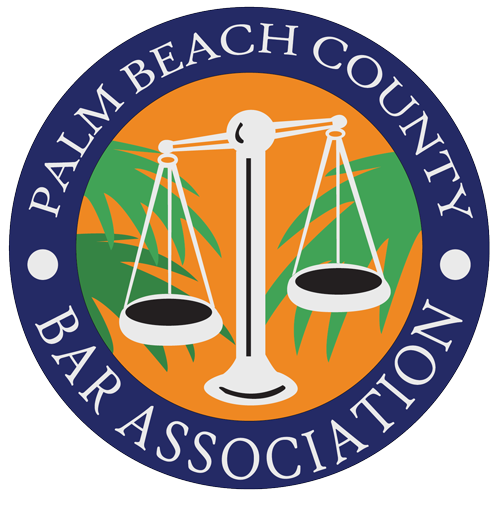By: Judge (Ret.) Kenneth Stern
Published: November 2021
Let’s face it. When you have the intake conference with a potential new client, you must assure him or her that, by retaining you, s/he would be in the hands of a competent litigator who knows how to try cases. If you don’t create a strong impression in that regard, the client will likely head for the door, telling you “I’ll think it over and get back to you,” to seek an attorney who creates the desired impression.
It is difficult to inform the potential new client in the intake conference that perhaps the case can settle for a worthwhile amount and thereby avoid the time, expense and uncertainty of going to trial, perhaps two or three years from now, without seeming to create the impression that you might not like to try cases, or that you’re not very good at it. However, skillfully approaching the subject can create the impression that you’re an experienced warhorse who can get the best possible outcome for your client either in the courtroom or in the mediation room, whichever serves the client the best.
If you’re chary of broaching the subject of settlement at the intake conference, fine. Have the client retain you, and await a moment when the client has seen the negative evidence the other side has to present. That moment can be months after the intake conference, by which time you will have also identified evidence and witnesses both favorable and unfavorable to your case.
There is a basic approach to opening the client’s mind to the value of a good settlement without making it look as though you’re afraid to go to trial. I used this approach when I was litigating and mediating cases before going on the judicial bench, and I use it now as a mediator; you can use it as a litigator in a way that preserves your appearance as a competent, aggressive courtroom lawyer.
There will be various facts, items of evidence, and potential trial witnesses that will come to light during the discovery process, which are not favorable to your case. Keep your client apprised at reasonable intervals of these developments, as well as those favorable to your case. In these contacts with your client, ask the client questions to elicit more information that will help you assess the strengths and weaknesses of your case and the opposing party’s case.
Have the client advise you whether potential witnesses can be shown to have a bias in favor of the party in whose favor the witness would testify. Ask the client such things as what preceded a threatening email your client or the opposing party sent to the other; what a potential witness could tell the jury that would be helpful or harmful to your case; are there other potential witnesses who could testify about the adverse party’s having acted similarly to others; the list of issues you could discuss with your client is endless. In these discussions, your client will begin to appreciate that your case is not a slam dunk.
Now you are ready to say something to your client that will underscore the uncertainty of what the outcome of a trial could be. Let your client understand that you are an experienced litigator and a capable warrior in the courtroom, but that the best warrior in the world will not do very well if s/he is armed only with a slingshot and the opponent has a Sherman Tank. Note, if this is the case, that your case has some strong points and good evidence, but that there are weaknesses, and point them out.
Explain the legal concepts that could reduce your client’s recovery, such as comparative negligence, or anything the client did that could lead the jury to find that your client was the main cause of the events of which s/he complains and of the resulting damage, or your client’s failure to mitigate damages; or the statutes and/or case law that could limit the client’s recovery. If there is a contractual or statutory provision that could render your client liable for the other side’s attorney’s fees and costs, point this out and note any facts or evidence in the case that could lead to this result.
Explain to your client that, after you win the case, the other side will probably appeal, and the appellate decision might not be announced for as much as a year, and the appellate court might send the case back down for a new trial. Make sure the client understands how much all of that could cost, and that even a successful recovery at trial could be only slightly more, or even less, than the client will have spent on your fees and costs over the years involved.
Having gradually informed your client’s perceptions with an understanding of the realities of litigation, you will not have to overcome a naïve client’s pie-in-the-sky expectations. Instead, you will have a client who can intelligently discuss with you the question of whether a settlement offer is worth taking.
For additional ADR tips and resources, go to: https://www.palmbeachbar.org/alternative-dispute-resolution-committee/
————————————————————————————————————————————————————————————————————————————-
Since retiring from the Circuit Court bench, Judge Kenneth D. Stern has served as a Mediator, Arbitrator, Special Magistrate, Hearing Officer and Umpire. After law school (where he was Editor-in-Chief), he clerked for an appellate judge, served with the Antitrust Division of the U.S. DOJ, and as an Asst. U.S. Atty. in the Southern District of Florida. In 1981, he came to our county, and practiced civil litigation and criminal defense, in federal and state courts. In 1999, he was appointed to the bench by Governor Jeb Bush. Judge Stern may be reached at [email protected] or at 561-901-4968.
For additional ADR tips and resources, go to: https://www.palmbeachbar.org/alternative-dispute-resolution-committee
